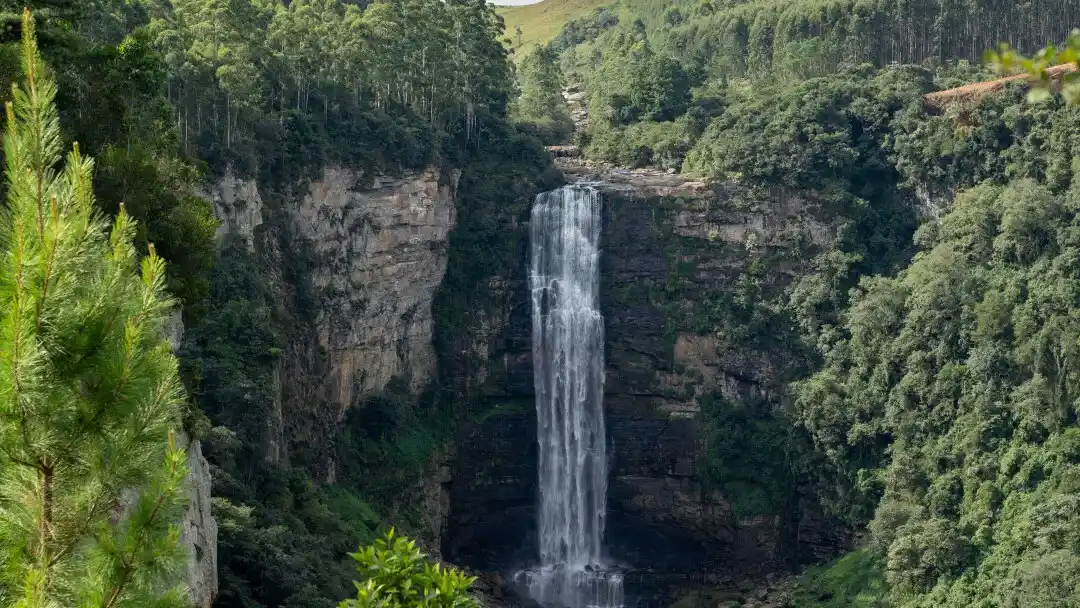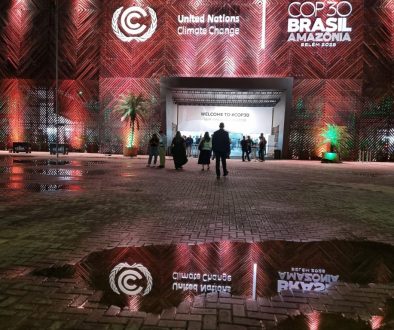Why using paper and wood products ‘saves’ trees
Messages such as “Save a tree and don’t print” are a common occurrence as society aims for a “paperless” world. According to the Paper Manufacturers Association of South Africa (PAMSA), the use of paper is better for the environment than we may think.
“The words of Greenpeace co-founder Dr Patrick Moore are a good point of departure,” says Samantha Choles, communications manager for PAMSA: ‘We should be growing more trees and using more wood. If [those] land owners had no market for wood, they would clear the forest away and grow something else they could make money from instead. When you go into a [wood] yard, you are given the impression that by buying wood you are causing the forest to be lost, when in fact what you are doing is sending a signal into the market to plant more trees.’
In South Africa, pulp, paper and timber products are made from the wood of farmed trees. This means that by using these products, you are encouraging the planting of more trees.
“You’ll be forgiven if you feel this statement is a bit of mind-bender,” notes Choles.
She adds that wood and paper products are made from fast-growing, site-matched species, and not indigenous trees.
Crucially, these plantations have made it possible to protect the natural forests in South Africa by meeting the wood needs of the growing population. Many of our plantations were established by government more than 100 years ago specifically for this purpose.
Sustainable forest management is a key factor in this cycle as trees are planted, harvested for commercial production, and replaced with new trees.
Plantations – and the products made from them – mitigate climate change
These timber plantations or ‘tree farms’ sequester carbon dioxide and release oxygen through photosynthesis. The carbon stored in the wood remains locked up longer after it has been made into sawn timber for homes, furniture and paper in books, notepads, office paper, and packaging. When one considers the 294 million hectares* of managed forests around the world, this can have a collectively positive environmental impact.
By recycling paper products, we keep this carbon locked up for even longer, with recycled paper being a raw material for tissue and various forms of paper packaging.
But what about biodiversity in plantation forestry?
A recent survey by Forestry South Africa showed that 61 000 hectares of indigenous forest and more 171 000 hectares of grasslands and connected wetlands are proactively managed by the local forestry sector, ensuring biodiversity and ecological networks within a production landscape are preserved. These areas provide refuge for an array of animals, birds, plants and microorganisms.
There are several conservation initiatives in the forestry sector.
- The three-decade strong WWF-Mondi Wetlands Programme focuses on the proactive and responsible stewardship of forests and freshwater ecosystems, and the maintenance of important habitats. Mondi now manages around more than 15,000 hectares of wetlands on its South African landholdings.
- Sappi has seven declared nature reserves on its landholdings in Mpumalanga and KwaZulu-Natal provinces with a combined 6,320 hectares. One of these is Clairmont Mountain Nature Reserve, declared in 2012. Home to 10 red data species such as Denharm Bustards, Pennington’s Protea Butterfly, Red Stinkwood and Cape Parrots, the reserve also encompasses Drakensberg Foothill Moist Grassland and Bushman paintings. These reserves are part of South Africa’s Biodiversity Stewardship Programme managed by the South African National Biodiversity Institute (SANBI).
- NCT Forestry’s Trewirgie Nature Reserve is a collaborative conservation initiative, with the reserve being declared formally protected in 2002 as part of the KZN Biodiversity Stewardship Programme. This mistbelt grassland is home to both the endangered oribi and critically endangered blue swallow. It is estimated that only 30 mating pairs are left in South Africa.
Responsible forestry provides a great example of the conservation potential of multifunctional production landscapes, when managed responsibly, and proof that by using sustainably sourced paper and wood products, we are indeed “saving trees”.




